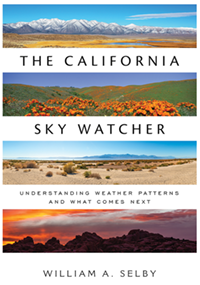
California’s Great Central Valley may look unchanging to the uncritical eye due to developments and agriculture. But the climate of this huge region does subtly and slowly change as one moves farther north, though not as drastically if one traveled the same distance east to west across the state.
Near Sacramento, the higher latitude and more frequent exposure to winter storms blowing in from the coast mean the capital’s climate wetter and slightly milder than harsher extremes found in the southern half of the valley. Near Sacramento you will find fields lined with native oaks and sycamores not dependant on irrigation. That is no the case around Bakersfield.
Temperature-wise, there is relatively little difference in the climographs of Bakersfield, Fresno, Sacramento or Redding. But Sacramento receives over 2 and a half times as much average annual precipitation as does Bakersfield and a little less than half of what falls farther north in Redding. This slow but steady uptick in precipitation is perhaps the best indicator of a changing climate as one moves north in perhaps the most climatologically homogenous of the state’s physiographic provinces.
- Köppen Classification: (Csa) Mediterranean/hot summer.
- Current Conditions available via the National Weather Service.
- Climate data from The Western Regional Climate Center.
Rob O’Keefe


